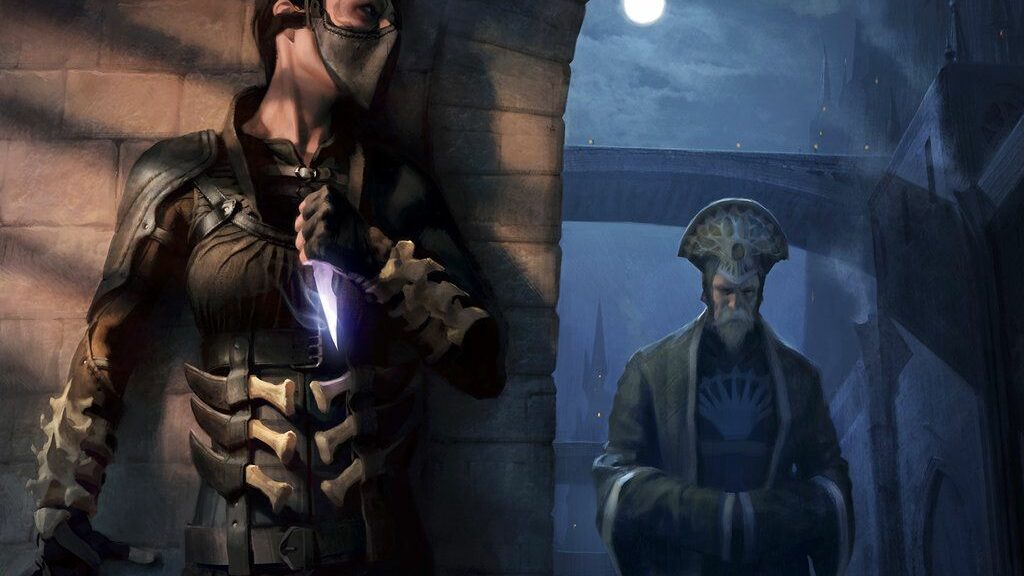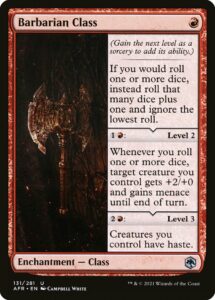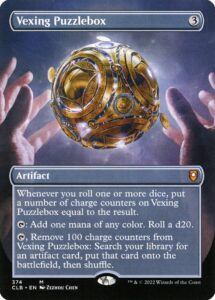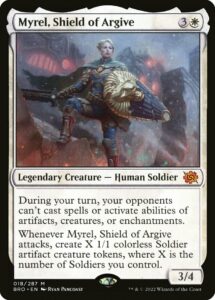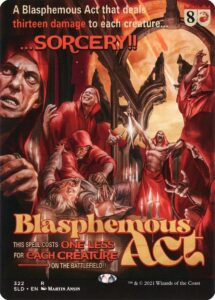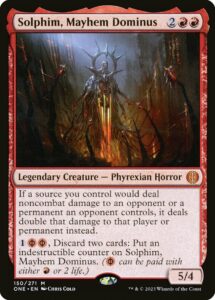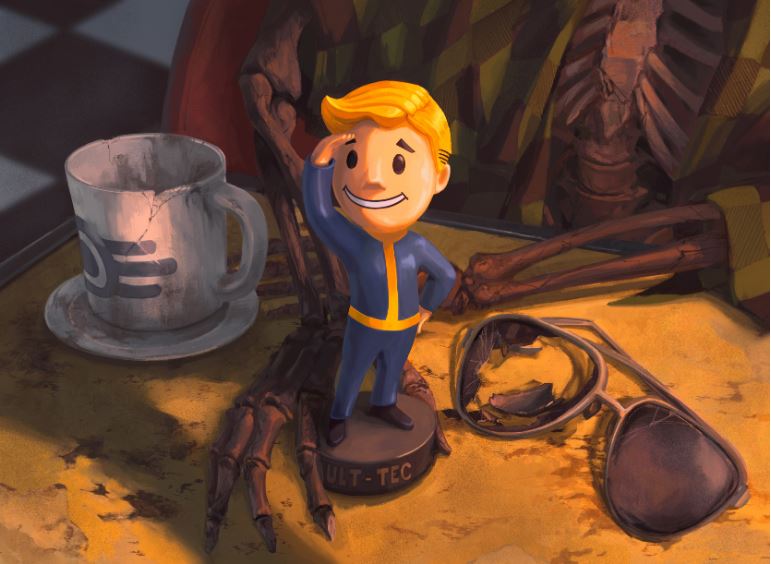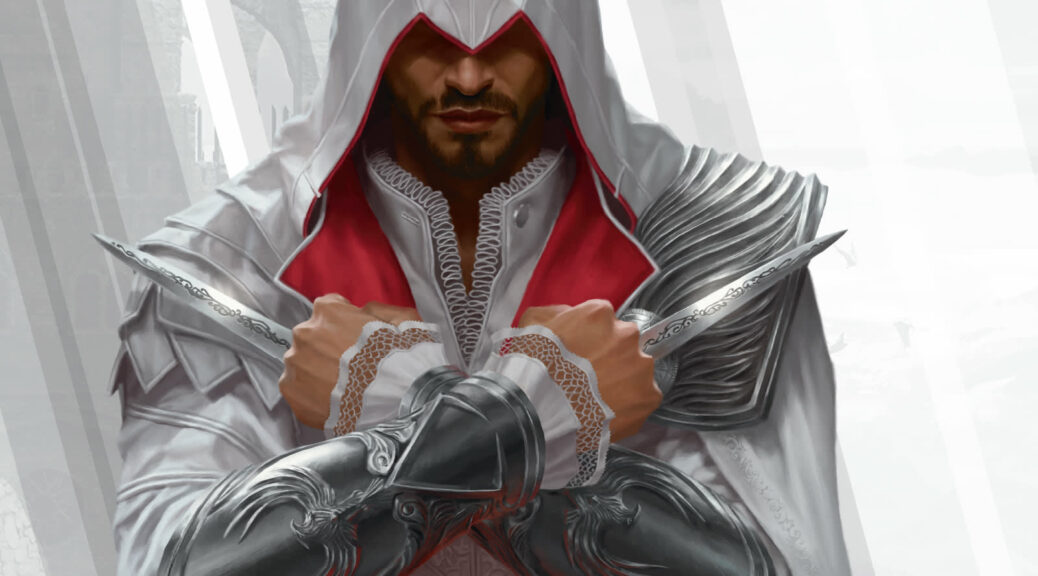We’ve had a lot of Universes Beyond products in the last year or so, and two of them have been spectacular and one has been middling. Fallout is immediately on a rocketship, with Mr. House causing all sorts of ancillary spikes. (Which I predicted in October.) Lord of the Rings, with summer and holiday editions, was the best-selling set in Magic’s history. Then there was the Dr. Who expansion, exquisitely timed to match a weird time-split-regeneration thing happening on the show, and that kind of landed with a thud and a fizzle.
In July, we’re going to get Assassin’s Creed products, with a set code of ACR, and this will be an interesting take. The previous three UB sets had a wide variety of offerings and products, so let’s look at what Wizards has done before, and what they are going to do this time. That might give us a little glimpse into what we can expect from the prices to come.
Let’s take a beat for some comparisons, and discuss how the four sets (LOTR, WHO, PIP, ACR) are packaged.
Lord of the Rings’s original release was Draft Boosters, Collector Boosters, plus some bundles of those boosters. In the Holiday edition, we not only got a new set of Showcase frames, we were given Collector Boosters plus Scene Boxes. We know the print run for the original Collector Boosters was no less than 3.3 million packs, thanks to the odds of getting the 1/1 The One Ring. That’s roughly 275,000 boxes, and with the approximately 125k from the Holiday release (again, thanks to estimates based off of serialized calculations) that’s a total of roughly 400,000 Collector Booster boxes. One thing this set did not have was a set of Commander decks, but it had enough cards to be a standalone expansion. We’re also told that this set will be reprinted for at least a year, in the basic version at least.
For the Dr. Who set, we had a set of Commander decks and then Collector Boosters, but the total number of CB packs was much lower, between 50 to 100k total boxes available. Those CBs were the only way to get anything premium, as there was no foils for the Commander decks past the ‘face’ Commanders and the 2-card sample pack in the package.
The same structure is in place for Fallout, with Commander decks plus Collector Boosters, but the numbers are even lower here. Estimates for the number of Collector Booster boxes between 30,000 and 60,000, which is clearly too low a print run, as these boxes have all jumped to $400+ online.
Assassin’s Creed is a July 5 arrival, and we don’t yet have estimates for the print run. Hopefully they figured out that the shorter run of PIP was an overcorrection after Dr. Who. We do know that there will be 100 cards in the set, and to go with Collector Boosters, we’re getting Beyond Boosters. This appears to be a ‘better’ approach than Aftermath was, but we’ll see how it actually goes.
In terms of raw logistics, I think they would have figured out that Dr. Who was overprinted compared to its demand, and perhaps throttled back a bit too far for Fallout. I am doubtful that they can change the ACR print run based on the success of Fallout’s premium versions, since making more CB boxes means they need to alter promotional materials that show anything about serialized versions.
Once we’ve got the number of serialized cards, and the drop rate for those cards, I’ll be able to calculate the likely range of Collector Booster boxes that were printed. Remember that this number isn’t locked in, there’s plenty of reasons for boxes to not make it to the distributor or other errors to happen.
The Beyond Boosters is an interesting change on Aftermath, but the key will not be the size of the packs, but the power level of the cards in those packs. Aftermath is incredibly underpowered and casual-focused for a set built so small. They aren’t bad cards, but they are clearly more targeted at Commander than Constructed formats.
I think ACR will have less of this problem. Freerunning, a mechanic that encourages you to get aggro with your cards much the way Prowl did, is going to assemble a group of cards that play well together. Aftermath was a whole bunch of separate parts to add to other machines; the Assassin deck is its own sports car, from the look of things. Aftermath also had a problem where we are sort of expecting serialized cards now, and even mediocre serialized cards can help sell a set, or keep the EV from falling too far.We know we’re getting at least Leonardo Da Vinci and Cleopatra serialized, so those should keep the overall price from falling too far.
My expectation is that Wizards would rather err on the side of underprinting cards in special sets like this, or at least not go wild on the Collector Boosters. They told us that Lord of the Rings’ regular packs would be printed for a year, and I expect similar factors at play for the Beyond Boosters. As far as we know, Wizards has never done a second print run of Collector Boosters, with the exception of LOTR’s Holiday edition, which had different showcase frames and different serialized cards to chase.
If you keep an eye on the ProTrader Discord, not only will you have access to group buys at lower costs, you’ll also get excellent and quick information about print runs and availability, so if we get another situation where Collector Boosters are in short supply, you’ll know faster.
Cliff (@WordOfCommander at Twitter and BlueSky) has been writing for MTGPrice since 2013, and is an eager Commander player, Draft enthusiast, and Cube fanatic. A high school science teacher by day, he’s also the co-host of the MTG Fast Finance podcast. If you’re ever at an event and you see a giant flashing ‘CUBE DRAFT’ sign, go over, say hi, and be ready to draft.
